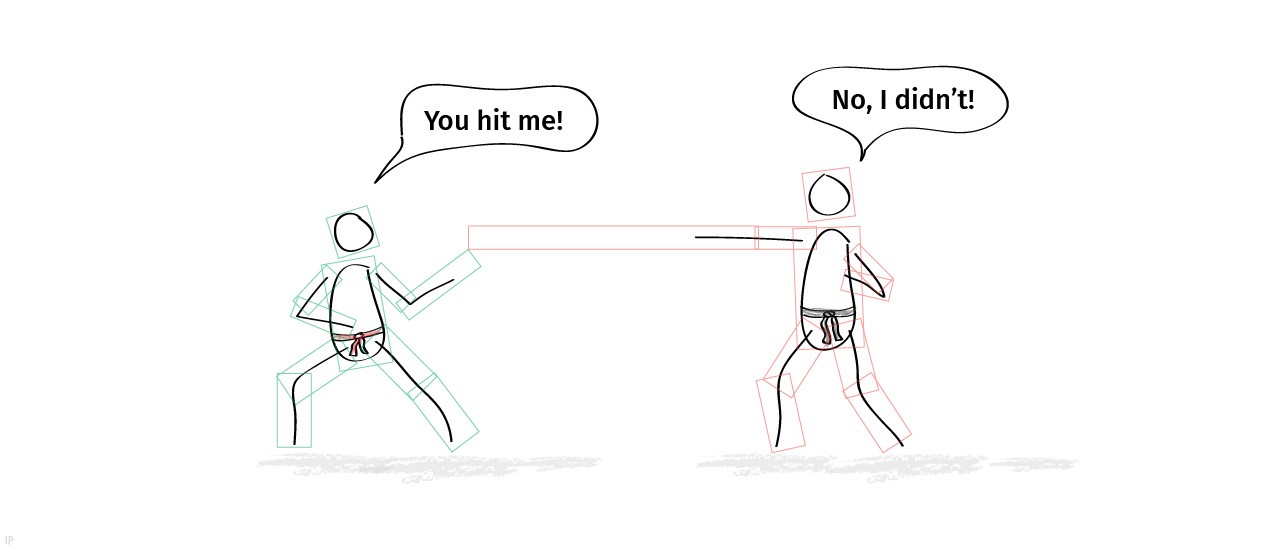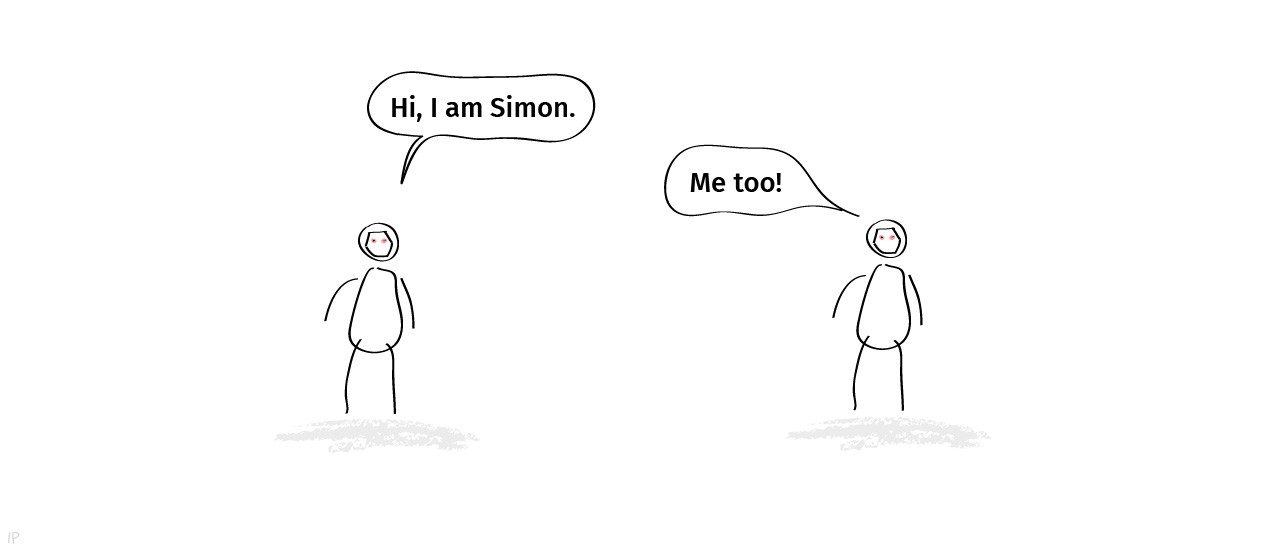“Video games and various scenarios they present can help us not only to better explain and understand philosophical issues and thought experiments, but more importantly, they allow us — although in a limited sense — to experience them as well.”
This topic was unexpectedly a tricky one. There are a lot of video games dealing with various issues concerning sentient AIs (misguided or otherwise, for example, Zero Escape: Virtue’s Last Reward (2012) with its Chinese room allegory), but the interaction between mind and body seems to be rarely explicitly examined. Especially when we approach them as two distinct substances in the tradition of René Descartes. The standard assumption seems to be that by “rewiring” the brain, we automatically reprogram the mind as well (see, for example, the Mass Effect series with its indoctrination mechanic). It almost seemed better to illustrate the mind–body issues rather from a non-science fiction perspective and go for a more “fantasy” video game such as Ghost Trick: Phantom Detective (2010) or Murdered: Soul Suspect (2014) where the interaction between different “planes of existence” becomes a central game mechanism as we play as ghosts that have difficulties interacting with the physical world.
A player character with amnesia is a popular trope in video games. It comes with a “Who am I?” intrigue virtually for free and more importantly it puts us as a player and us as a video game character in the same starting position. This way we can ask the NPCs the most mundane questions about the game world (for example, “What is this town I am living in?”) and not come out as a complete buffoon. Yet even tropes can be tackled in fresh and exciting new ways as was recently shown, for example, by Disco Elysium (2019). In this course, however, I wanted to focus on the question of personal identity over time. More specifically, on the question of personal persistence: When do we become a person and when do we cease being one? For this purpose, SOMA (2015) with its brain-scanning, body-swapping, mind-copying themes and gameplay seemed like a clear winner. Without exaggeration, it is basically a playable thought experiment probing various topics from the philosophy of mind.
What video games to play in a philosophy classroom?
by Ivo Pezlar
In the course we covered five selected topics from metaphysics, epistemology, and ethics. The topics were as follows:
Table of contents
Introduction

So writes Ivo Pezlar (The Centre for Science, Technology, and Society Studies at the Institute of Philosophy of the Czech Academy of Sciences and the Department of Philosophy at Faculty of Arts, Masaryk University), in the following guest post*, in which he discusses how he has used video games in his teaching of philosophy (he drew the illustrations, as well). A version of the post originally appeared at his blog.
This distinction is crucial, Frankfurt’s argument goes, because if we pick it up because we want to (= our desires match Atlas’s), then we are morally responsible for all that follows, even though, strictly speaking, we could not have acted differently due to the presence of the trigger “Would you kindly” in our head.
Would you kindly…?
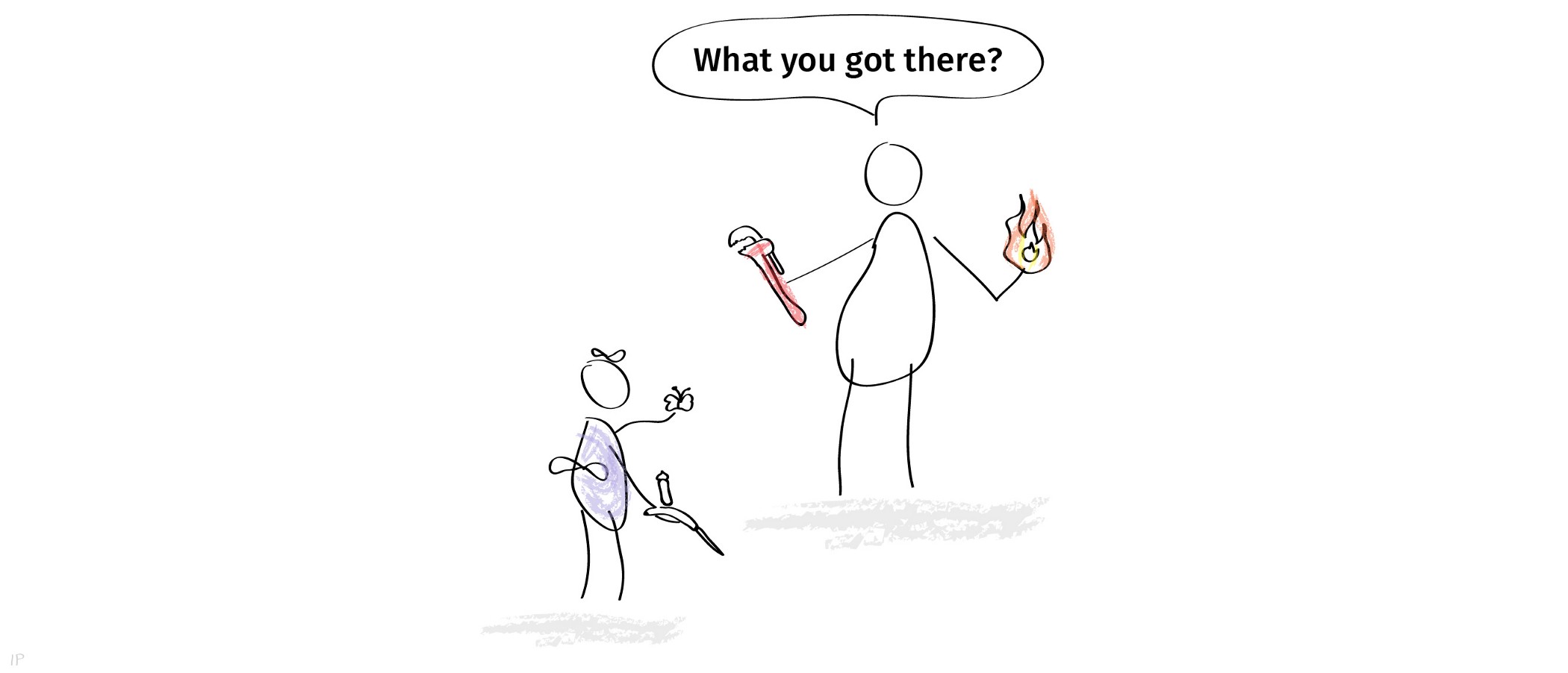
Is the ability to do otherwise necessary for moral responsibility? In the 1960s, Harry Frankfurt, the author of the popular book On Bullshit (2005),¹ argued that it is not. He came up with the following scenario:

Now, let us return to the Frankfurt’s scenario and replace “Black” with “Atlas”, “Jones” with our protagonist “Jack” and imagine that the “effective steps” take the form of an utterance of the phrase “Would you kindly…”.
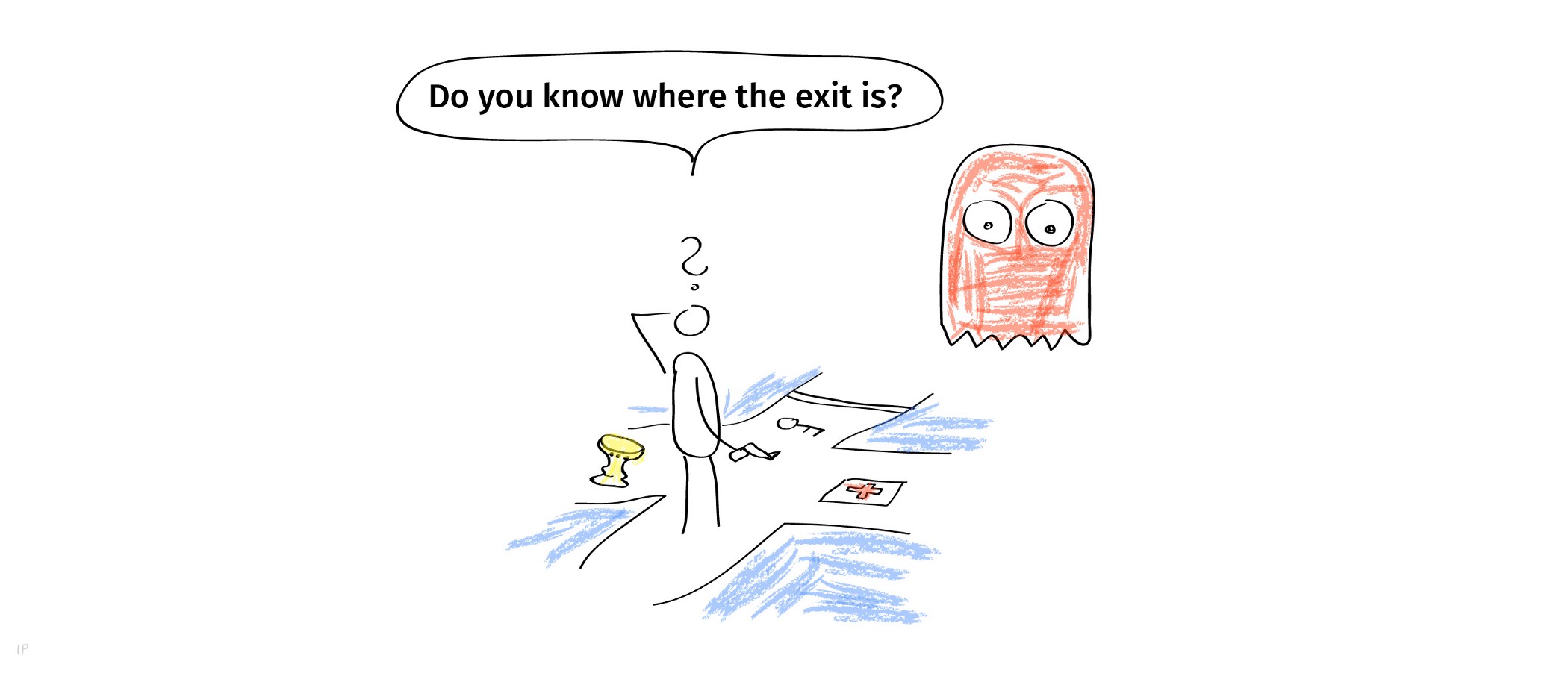
Problems: What is causality? Can we have deterministic yet unpredictable universe? …
Problems: What is the relationship between mind and body? Can machines think? …
In the situation described above, the answer to the question whether Jack is responsible for his “would-you-kindly” actions in the underwater city of Rapture seems clear. Simply put, Jack is not responsible for these actions, because he could not have done otherwise. The irresistible inner compulsion resulting from his hypnosis will not give him any choice — he has to obey.
To test this general belief I put together a dedicated university course on philosophy and video games. In this post, I share some video game suggestions and things I learned while preparing and teaching this introductory course.
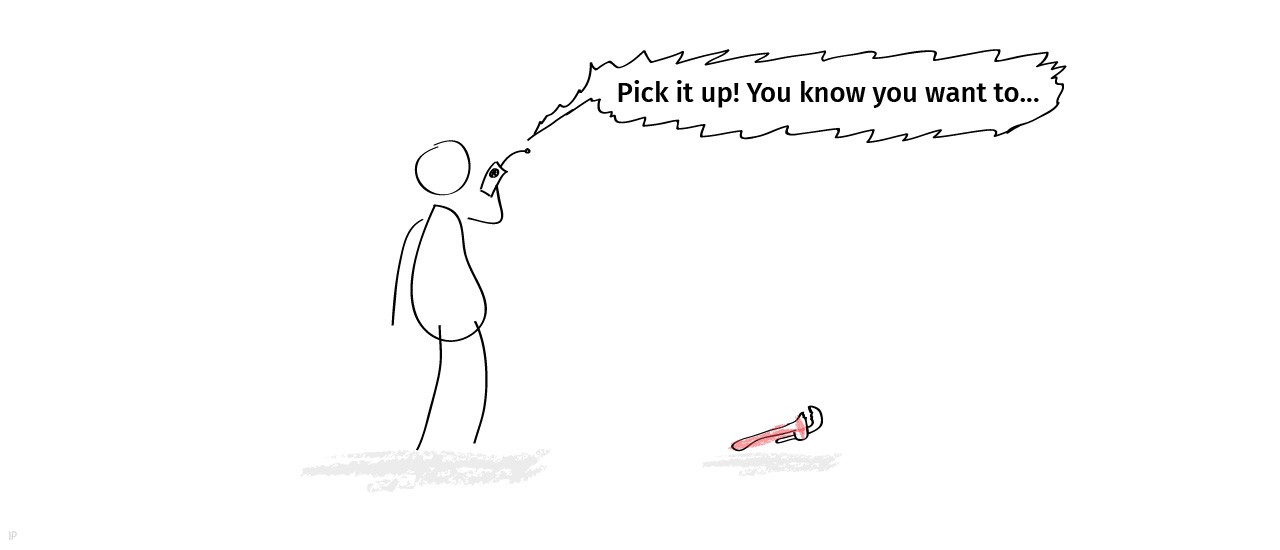
Issues about moral topics and free will are quite popular in video games at least since the days of Ultima IV (1985). After that almost every role-playing game (RPG) worthy of its name tries to engage with moral ambiguities, or at least with moral dilemmas. For the course, however, I wanted something that would explicitly tackle the question of free will (of the player) and determinism (of the narrative) and make a game out of it. In short, I wanted the The Stanley Parable (2011). The basic idea behind The Stanley Parable is that it breaks (among other things) the standard video game trope of a main quest giver/narrator. Typically, in a video game when the main quest giver tells us to do X, the story of the game does not move forward until we do X. To put it differently, we cannot disobey the main quest giver in any meaningful way. In The Stanley Parable, however, we can disobey the main quest giver and instead of X, do Y or nothing at all. The quest giver does not only take notice of this (to his own frustration) but also comments on it. Sometimes he even addresses us as players directly, thus breaking the fourth wall.
What did we cover?
Video games are full of illusions: from faking mirrors and reflections (e.g., by duplicating the object to be reflected, flipping it, and placing it behind a semi-transparent wall) through hiding loading screens (e.g., behind prolonged elevator rides) to fabricating the number of the “Phew, that was close!” moments by making your last bits of health capable of taking more damage than the rest (or similarly, by making the last second of a match last longer than a second).
1. Illusion and reality
For example (spoilers incoming), SOMA can be a great tool for not only illustrating but also experiencing the fission problem. The fission problem is one of the puzzling consequences of the approaches to personal identity based on psychological continuity. Simply put, the worry is that on this account of personal identity we can come up with scenarios introducing “new” persons that are psychologically continuous with us (via, e.g., hemisphere transplant, brain scanning and copying, etc.) and thus personally identical to us. In other words, these scenarios effectively split your person into multiple ones. And this is exactly a scenario we can experience from a first-person perspective in SOMA. In a certain point in the game, we are tasked (or rather our in-game character Simon) to transfer our mind from one body to another. The transfer is carried out successfully, but the results are not exactly what Simon had expected: His mind is not transferred to a new body but rather copied, with the original mind still residing in its original body. Now, the “new you”, the new Simon, has a choice: Do you keep the “original you” alive or do you attempt to secure the uniqueness of your psychological continuity with whatever it entails?
But is this enough? If we cannot do anything else than some action X, are we automatically blame- (or praise-) free for X? Frankfurt disagrees. Imagine, for example, that Jack’s (ours) decision to pick up a weapon was already made long before Atlas wanted us to, that is, before the phrase “Now, would you kindly find a crowbar or something?” was spoken (thus, Atlas might have misjudged the situation and said the phrase unnecessarily). Most likely it was. Probably it was made around the time we as players picked up BioShock from a shelf in a shop or possibly even sooner. After all, BioShock is a first-person shooter (FPS) in its core and this is what we do in FPS games: we pick up weapons and use them. We do not need a hypnotic suggestion coercing us into acts of virtual action, we already want to engage in those. And this arguably holds not only for us as players but for Jack as a character as well. It seems reasonable to assume that in a hostile environment he — or anyone, really — would want to arm himself without needing any encouragement from an outside party.
Suppose someone — Black, let us say — wants Jones to perform a certain action. Black is prepared to go to considerable lengths to get his way, but he prefers to avoid showing his hand unnecessarily. So he waits until Jones is about to make up his mind what to do, and he does nothing unless it is clear to him (Black is an excellent judge of such things) that Jones is going to decide to do something other than what he wants him to do. If it does become clear that Jones is going to decide to do something else, Black takes effective steps to ensure that Jones decides to do, and that he does do, what he wants him to do. Whatever Jones’s initial preferences and inclinations, then, Black will have his way. (p. 835)²
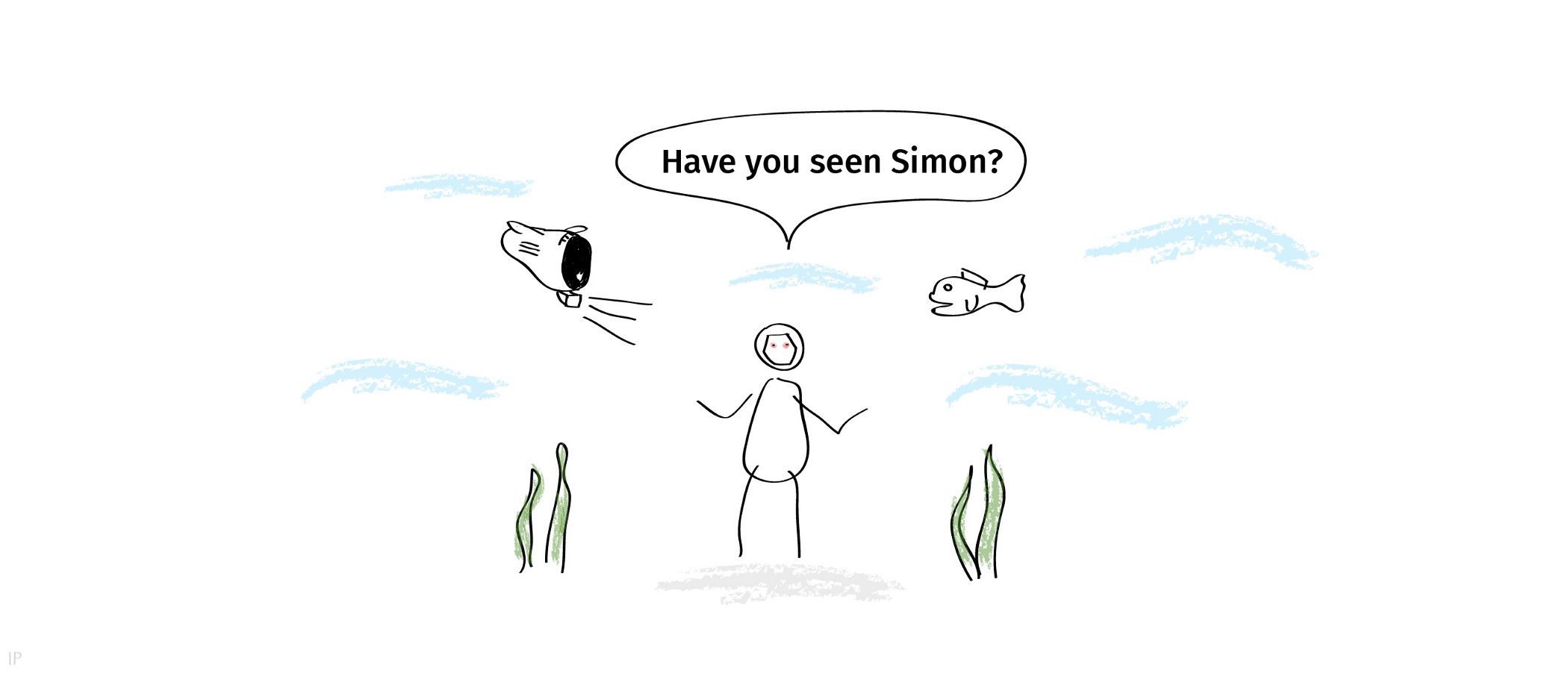
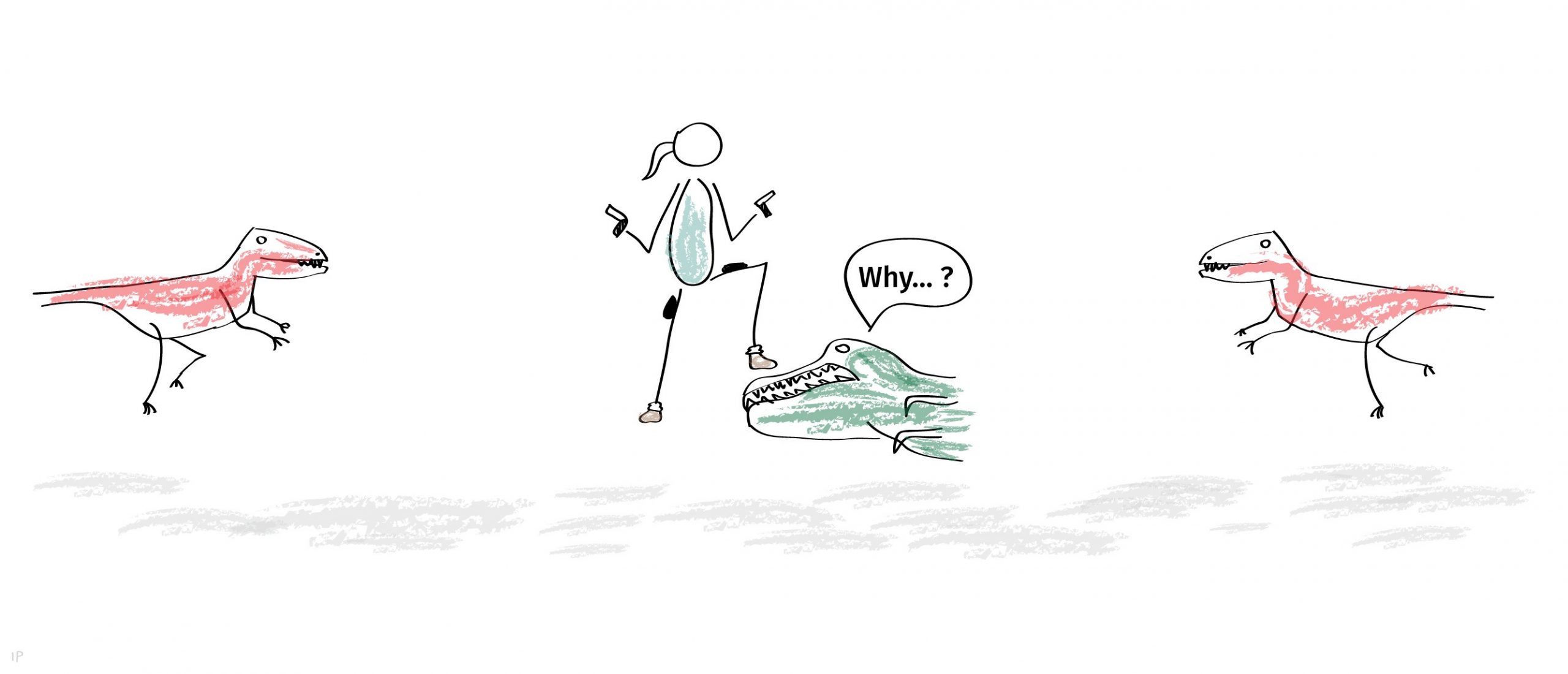
2. Causality and determinism
This might sound familiar to those who played BioShock (2007). To briefly recapitulate (spoilers incoming), in BioShock we play as Jack who finds himself in a mysterious underwater city called Rapture. Soon after arrival we as Jack are contacted via radio by someone called Atlas. Atlas then becomes our guide through the Rapture, acting both as our main quest giver and the narrator giving us various story expositions. Later in the game, however, we find out that Atlas is not really our friend and all his seemingly well-intentioned recommendations prefaced by the innocuous phrase “Would you kindly… do X” were actually triggers for post-hypnotic suggestions to do X, which Atlas put into Jack’s head. Thus, we were effectively only a puppet acting out Atlas’s desires.

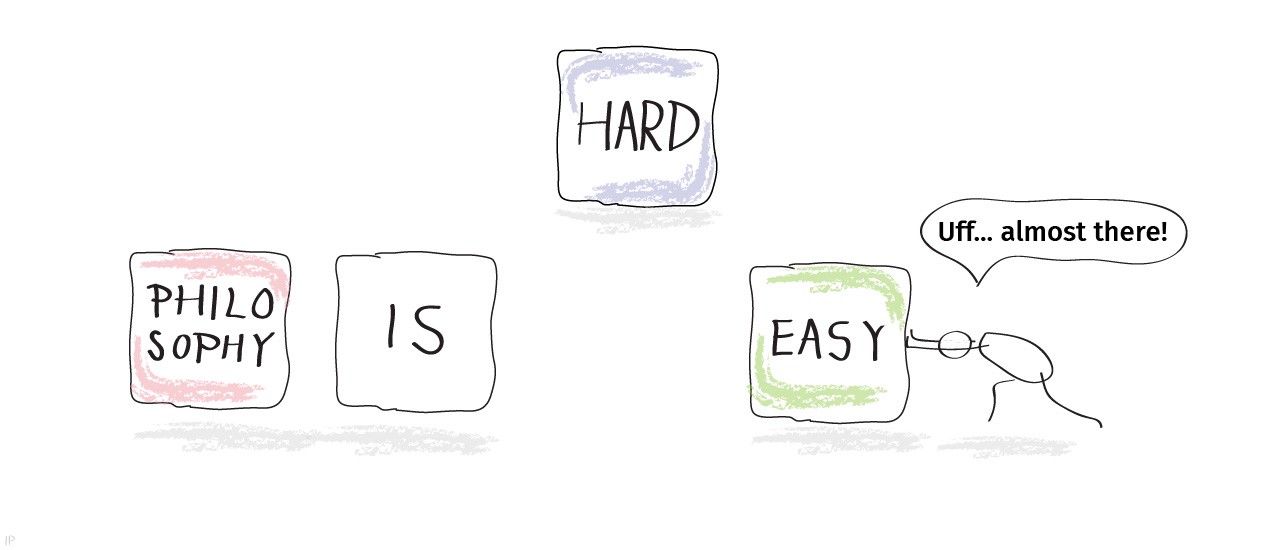
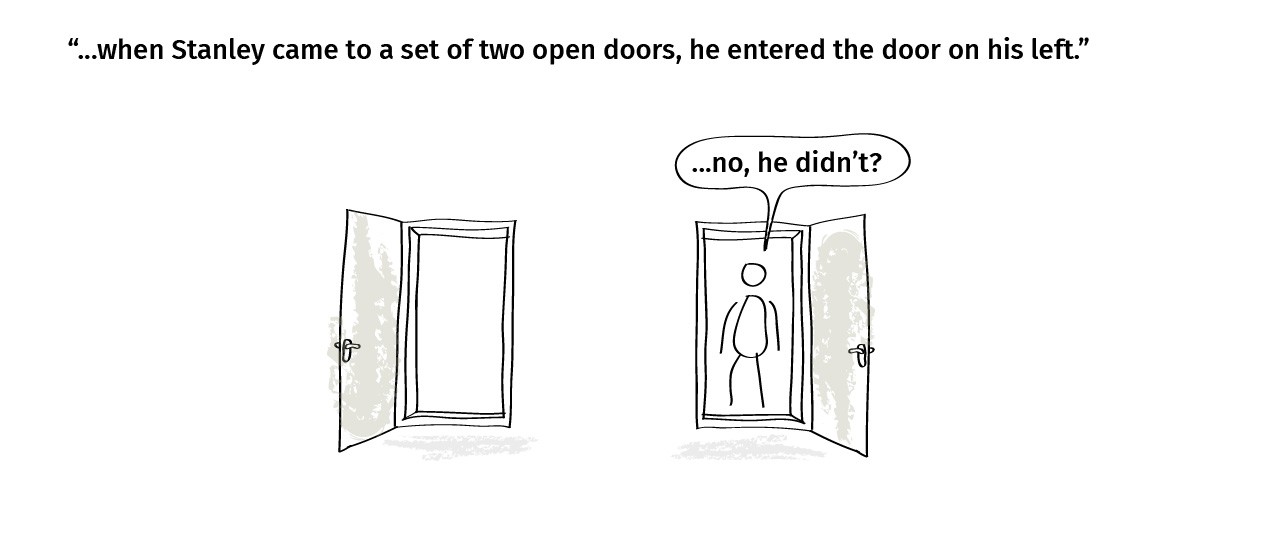
Do you have any suggestions for other video games or philosophical topics they can help to illustrate, explain, or experience? If so, please let me know!
The video games discussed above are just a few examples that were used throughout the course and many more can be added (for example, Unavowed (2018), System Shock series, Deus Ex series, Witcher 3 (2015), Papers, Please (2013), The Talos Principle (2014), Planescape: Torment (1999), and others). And the same goes for philosophical topics as well.
3. Mind, body, and artificial intelligence
Philosophical issues have an annoying habit of sneaking up on us unexpectedly in the most unlikely of places and video games are no exception to this. Their interactive nature makes them, I believe, a great tool that can help us not only better explain and understand various philosophical issues but also to experience them.
Let us start with a motivating example.
The unashamed use of the butterfly effect in Life Is Strange (2015) and Until Dawn (2015), both from the narrative perspective (e.g., in Until Dawn there is an in-game myth that butterflies carry prophecies of possible futures; in Life is Strange there is a city threaten by an actual hurricane caused practically by a butterfly) and the gameplay perspective (even miniscule decisions can have unforeseeable and drastic consequences later in the game), makes them an easy choice for discussing causal determinism and chaos theory. When examining David Hume’s approach to causality based on associative principles (roughly put, causality is our habit to expect that future will resemble the past), Baba is You (2019) seemed like a perfect selection due to its clever violations of our associations and expectations.
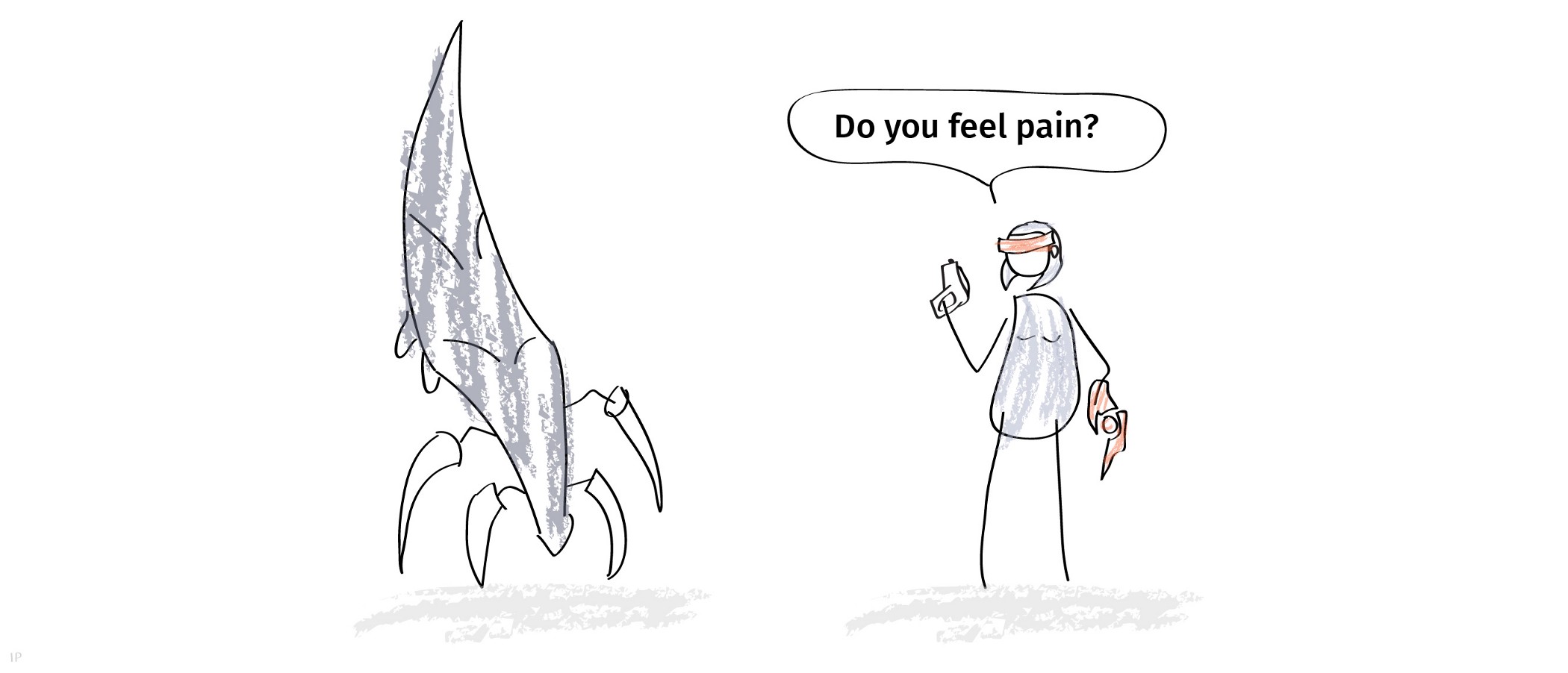
Or, perhaps even better, you might try to focus on the technical side of video games and illustrate the mind–body problem via the difference between game world objects (e.g., walls, trees, enemies) and their hitboxes. What is a hitbox? It is an invisible shape (most often rectangles in 2D games, blocks in 3D games) surrounding a video game object (typically as closely as reasonable) and used for collision detection computations, i.e., for determining when two objects touch each other (see the picture above). To put it roughly, we can view hit boxes as the res extensa of the video game objects. Without them, there is nothing “physical” about them and they cannot interact with other “physical” objects: If an enemy doesn’t have a hitbox, we cannot hit it.
4. Free will and moral responsibility
For the course, I chose the illusion of three-dimensionality of early 90s first-person shooters (FPS) such as Wolfenstein 3D (1992) that was achieved by a ray casting method. What is ray casting? It is a computer graphics rendering technique for representing two-dimensional (2D) data (video game world, map, level, …) as if viewed from a three-dimensional (3D) perspective. The basic idea is simple: Imagine the game world as a 2D grid (see the picture above), a colored square means a wall, a white square means an empty space. From the players position (the green arrow in the diagram) and based on their field of view (the orange cone), a ray is cast which travels until it hits a wall. Upon hitting the wall, the distance the ray has travelled is calculated and used to determine how high the wall should be drawn from the 3D perspective. Naturally, closer walls will be drawn taller and vice versa.³ I used this elementary setup — 2D world vs. 3D perception of it — for illustrating standard philosophical theories of sensory perception (naive realist theory, intentional theory, adverbial theory, and sense data theory).

So, do we pick the wrench because we are told to (and we cannot do otherwise due to the presence of the post-hypnotic suggestion), or do we pick it up simply because we want to?
For the topic of moral responsibility, I wanted a video game involving some form of manipulation of the player by some other non-player character (NPC). There were more games to choose from (for example, System Shock series, Prey (2017), and others), but BioShock (2007) seemed the most fitting choice (for reasons why, see the beginning of this post).
¹ Harry G. Frankfurt. On Bullshit. Princeton: Princeton University Press, 2005.
5. Personal identity
Problems: How does perception work? What do illusions and hallucinations tell us about the way our senses operate? …
Problems: Who or what am I? What transformations can I undergo and still be me? …
³ For an excellent in-depth look, see, e.g., Lode Vandevenne. “Raycasting.” Lode’s Computer Graphics Tutorial (website), accessed May 7, 2021, https://lodev.org/cgtutor/raycasting.html.
Frankfurt’s hypothetical scenarios and the conclusions he reached from them were, of course, debated, but that is not important for us right now. What I wanted to show is that video games and various scenarios they present can help us not only to better explain and understand philosophical issues and thought experiments, but more importantly, they allow us — although in a limited sense — to experience them as well.
As I mentioned at the beginning, I believe there is an untapped potential between philosophy and video games and I hope I managed to convey here some of the reasons why I think so. Finally, I’d like to express great thanks to the students of the course “Philosophy in Video Games” whose feedback will help to shape future iterations of this course.
Final remarks
The main idea behind this puzzle game is that the game world is populated not only by ordinary video game objects (walls, doors, keys, lava pits, etc.) but also by “reified” rules of the game world itself in a form of “metaphysical” statements of the general form NOUN + VERB + PROPERTY that we can freely modify. For example, we might encounter a rule that states “WALL IS STOP” (declaring that we cannot go through walls). But if this rule is not present in the game world or if we turn it off (e.g., by removing the STOP part, thus making it a not well-formed statement “WALL IS”, and thus invaliding the rule), walls will lose their stopping power and we will be able to move freely through them. This basic mechanism of rule manipulation is then used to construct various puzzles. For example, we might be locked (seemingly) in a room with no key in sight. But then we realize that there is actually no WALL IS STOP rule activated in the game world, so we can just walk straight through the walls.
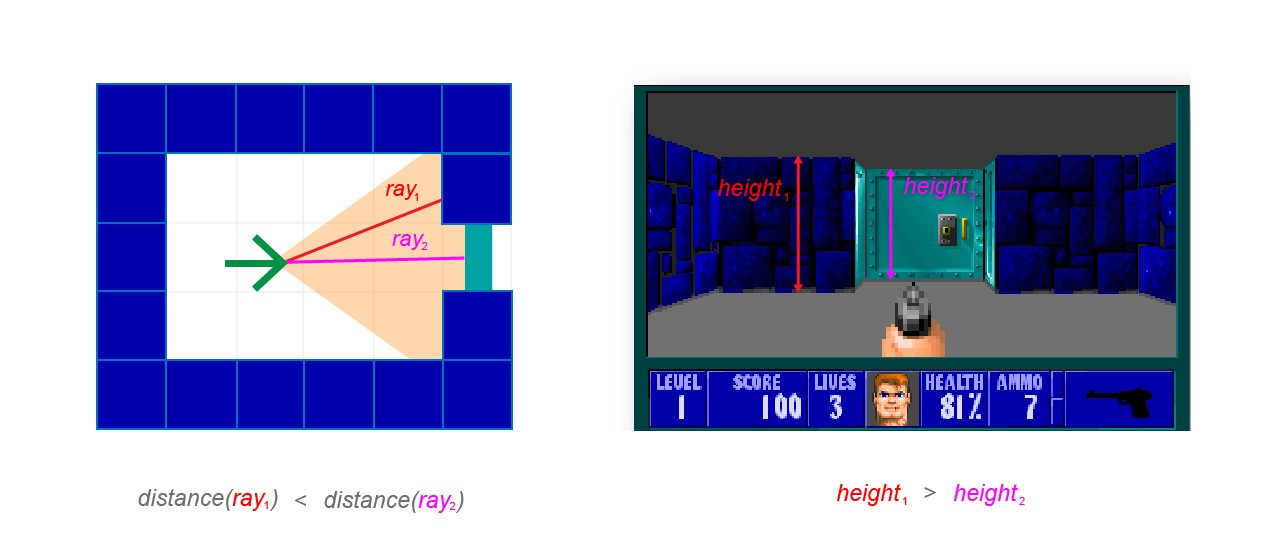
Problems: Do we have free will? Is free will necessary for moral responsibility? …
² Harry G. Frankfurt. “Alternate Possibilities and Moral Responsibility.” The Journal of Philosophy 66, no. 23 (1969): 829–839. https://doi.org/10.2307/2023833.
Notes
To contrast the semantico-metaphysical riddles of Baba is You with something more straightforward and predictable I chose Portal (2007). Its physics-based puzzles relying on expectable causes and effects seemed like a natural counterweight.
